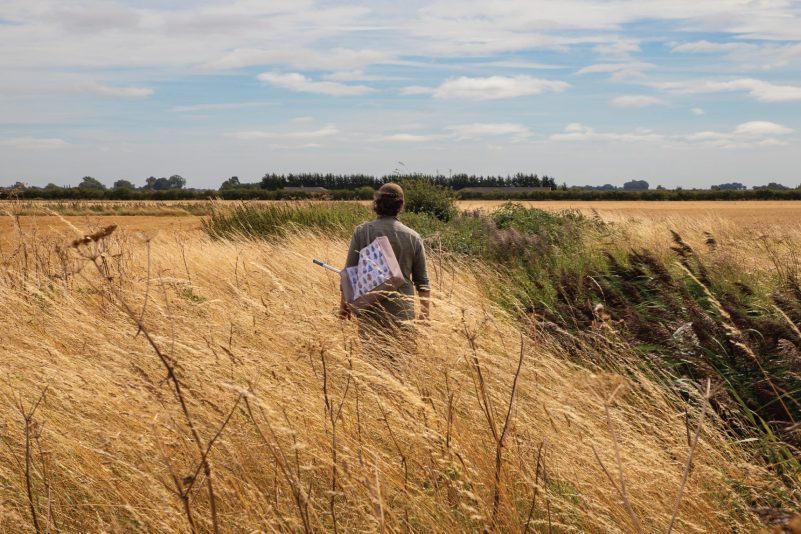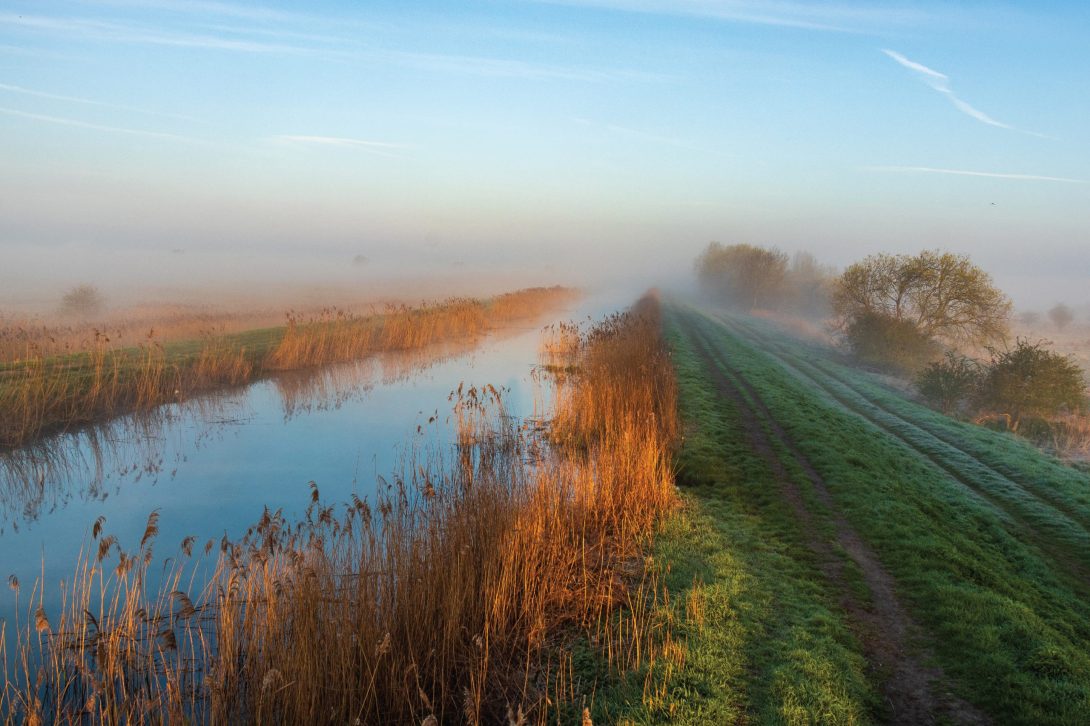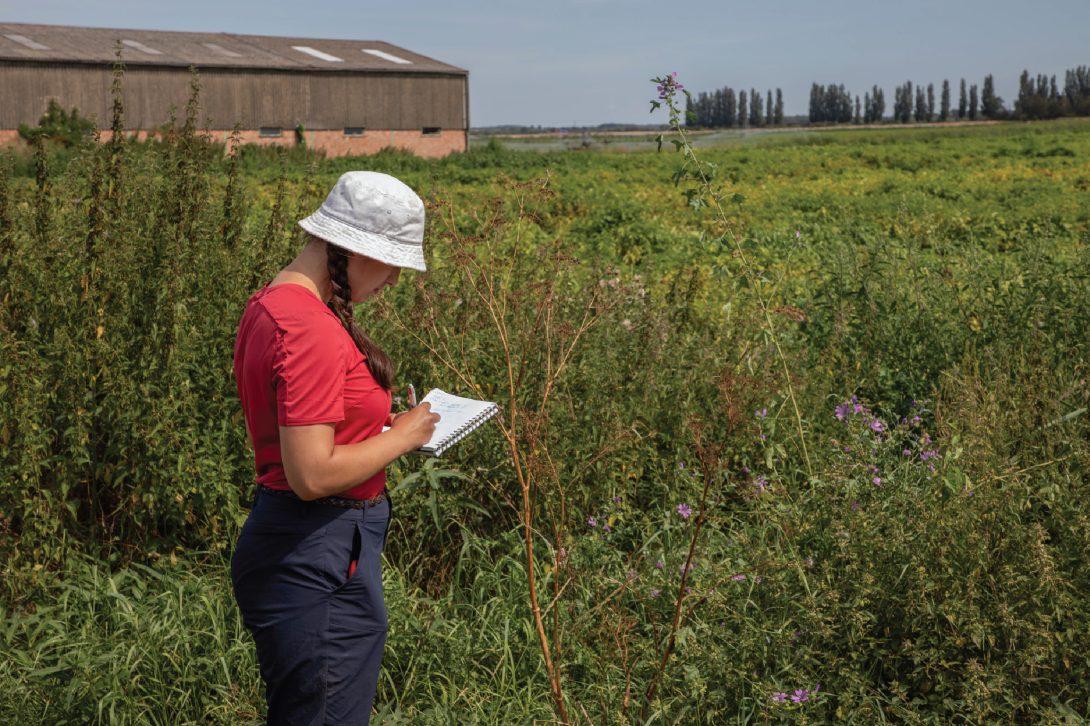The influence of the climate-nature-people nexus on land use

The UK’s requirement to reach a position of net zero by 2050 has been baked into legislation since 2008 through the UK’s Climate Change Act. This legally requires the country to reduce greenhouse gas emissions to net zero by 2050. And this means that the UK’s emissions need to be equal to or less than what’s removed from the environment.
One of the challenges we face on top of emissions from energy production and industrial processes is that our use of land also results in emissions of greenhouse gases. These emissions are not just carbon dioxide, they include other gases such as methane and nitrous oxide. We use our land for a wide range of purposes, but provision for agriculture and food supply more generally is significant. Use of excess fertilizer or draining of certain soil types such as peat are key contributors to emissions of greenhouse gases. However, reducing these and ultimately moving to a position where our use of land could in fact enable capture of greenhouse gases is non-trivial, and there are other factors which have to be assessed as different options are considered.
As part of this we need to consider the relationship between climate, people and nature. Research is underway at the Centre for Landscape Regeneration (CLR), an interdisciplinary programme funded by NERC involving a range of partners including the University of Cambridge, Endangered Landscapes and Seascapes Programme, UK Centre for Ecology and Hydrology, NIAB and RSPB, as well as an array of stakeholders such as farmers, local and national government and NGOs. The CLR is focused on examining three landscapes in the UK and drawing insights from these to help inform broader policy decisions on use of land. The landscapes are the Fens, the Cairngorms, and Cumbria. The research in the Fens has served to really highlight the interplay of the climate-nature-people nexus.

One of the significant factors in the Fens is the management of water. The vast area of the Fens is in large part, drained peatland. This is incredibly productive for agriculture and provides economic benefits for not just the local economy but the UK more widely. One of the factors of home-grown food is of course the increasingly important and difficult topic of food security. But conversely, drainage of lowland peat results in oxidation of the peat and over the last few hundred years a lot of the peat has disappeared; well, perhaps not disappeared as such but rather eroded or oxidized and contributed to the rise in levels of carbon dioxide. So, we see a potential tension between emissions and the increasing need to ensure food security for the UK as well as of course to support the local economy.
But are there actions which can possibly reduce emissions whilst also increasing support of the local economy and food security? In some ways this question is about timescales. If the peat continues to oxidise then at some point we will have lost much of the productive soil, so reducing soil loss is also about preserving the asset.
Furthermore, the impact of emissions on warming depends on the mix of gases being released and crucially the timescale over which global warming potential is being assessed. Methane has a global warming potential of ~84 over a 20-year time scale but only ~27 over a 100 year time scale; in other words methane is much more potent as a greenhouse gas when considered over shorter time scales. The mix of gases released from the Fens depends on the level of the water table, though this also could have risks to loss of crops due to waterlogging. Therefore, the optimal water management in the Fens in terms of people and climate is a complex picture of many factors and timescales.

Alongside the people-climate relationship, the CLR research is also exploring the nature and biodiversity in the landscapes. Initial results are highlighting the importance of biodiversity and the possible option of reducing the area of land used for crop production, potentially only in limited ways, in order to provide sanctuary for some forms of wildlife – crucially insects, which are important for pollination and agricultural output. This labour-intensive research is critical for us to learn whether land might be managed differently to better support the full climate-nature-people nexus of the wonderful Fens landscape.
And that is just the Fens! The Centre for Landscape Regeneration team is also working in the Cairngorms and Cumbria to learn more about how this research may further inform our understanding of how we can move closer to a position of Land Use for Net Zero whilst supporting people and nature.
Shaun Fitzgerald,
University of Cambridge
Subscribe to our Newsletter
A quarterly update of all LUNZ Hub activities, events and news stories.
